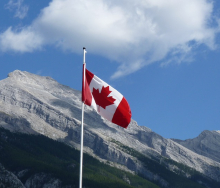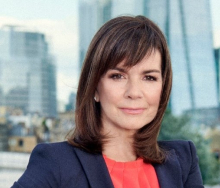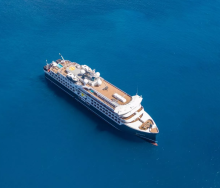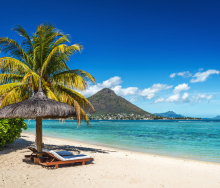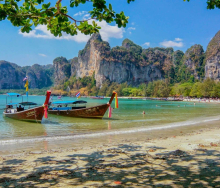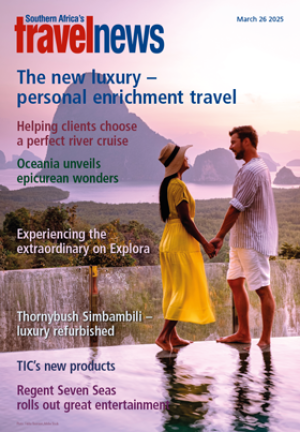Although some South African tourism businesses and others had pandemic-related claims realised under business interruption insurance cover, it is unlikely that claimants would get insurance payouts for this in the future. The industry is clamping down on cover for this particular type of ‘non damage’ revenue loss.
This was among the key points that emerged during a recent SATIB Insurance Brokers webinar focusing on the risk landscape and what it means for reinsurance cover for events ranging from pandemics to natural disaster and extreme weather events such as earthquakes, floods, cyclones and tsunamis.
Steve Fogarty, Director of Sintelum (a subsidiary of Old Mutual Insure), said COVID-19 was a “black swan” insurance event, which meant that it had not been forecast and was not on any firm’s risk register.
“It caught us all by surprise. And the fall-out from COVID-19 to the insurance industry is that reinsurance will no longer provide cover for non-damage events (losses to business revenue). Business interruption losses in respect of COVID-19 followed an infectious outbreak and it was not property damage related.
“So that's been the biggest fall-out from COVID-19 when it comes to clients protecting their businesses. No longer can you get business interruption cover for non-damage events.”
He said there were also other non-damage events that were no longer covered, such as environmental impact that led to a loss of revenue without physical damage to property.
Fogarty explained that policies in the past had provided some compensation for certain non-damage events, the most obvious being COVID-19.
“We fortunately, as an industry, have paid the majority of the claims and two years since the outbreak there are still some lingering claims,” he said.
He said the insurance industry had learned a lesson and businesses now had to self-insure for this exposure because insurance firms insisted that loss-of-revenue claims had to follow a physical insured event such as storm damage or a lightning strike.
Identify exposure, mitigate risk
“Clients have to identify those exposures and come up with measures to mitigate and reduce the likelihood of that exposure materialising and if it does materialise, their balance sheet needs to be able to cater for that. That’s the biggest impact COVID-19 has had on the tourism industry,” said Fogarty.
He added that the COVID-19 business interruption losses experienced in the South African market were among the largest in the world, because it was a broker-driven market with “wide clause” policies that allowed businesses to claim.
However, Fogarty said the insurance industry had the appetite to create new products that could assist the tourism sector.
“The insurance industry globally has been very innovative over the years and come up with all sorts of bespoke products to meet clients’ needs. It does mean clients having to pay a bit more on their premium.”
Fogarty said clients would have to take a bigger share of the risk by way of increased deductibles and self-insurance. “But I do think there is appetite and capital to come up with bespoke products specific to the tourism industry. Tourism is going to be facing big challenges on the back of global warming.”
Cyclones an increasing risk
He said the frequency of cyclones forming in the Indian Ocean had increased tenfold in the last 50 years. “We're seeing cyclones hitting the Mozambique coast, not once every five or 10 years, three or four every year, and those cyclones are coming further and further south. Durban is not far off the radar in terms of how far south these cyclones can come. And, unfortunately for the tourism sector, often hotels are built alongside river courses and low-lying areas to no fault. The Kruger area is a prime example of the flood exposures that exist.
“Along the coastlines, particularly in places like Mauritius, Madagascar and Mozambique there’s a huge susceptibility to cyclones. It’s something that the industry needs to look at,” he said.
Phillip Pettersen, Chairman of firstEquity Insurance Group, noted that there were already innovative products in the market, such as weather derivatives, but the tourism industry had not taken them up.
These are financial instruments that businesses can use as part of a risk management strategy to reduce risk associated with adverse, unexpected weather conditions.
Pettersen explained: “So, if you bought one of these products, and let’s say you were an ice-cream vendor, and you had no sunshine for three months on the job, then they would pay, or if there was excess rain and people didn’t go out, then they would pay you. They’re not indemnity triggers per se, as you would normally expect them to be. You would have to have had a loss, the trigger must have been exceeded, and then they will pay you the amount that is determined by the policy.”
He said this was one way businesses could get around the old type of no-damage coverage policies.
“If the insurance and hospitality industry become receptive to the more alternative structures, of which there are many, we could get to a point where those could become bigger.
“And when they become bigger, that means there's a bigger pool of cash. And we can become more receptive in building more bespoke structures, particularly for South Africa,” said Pettersen.


